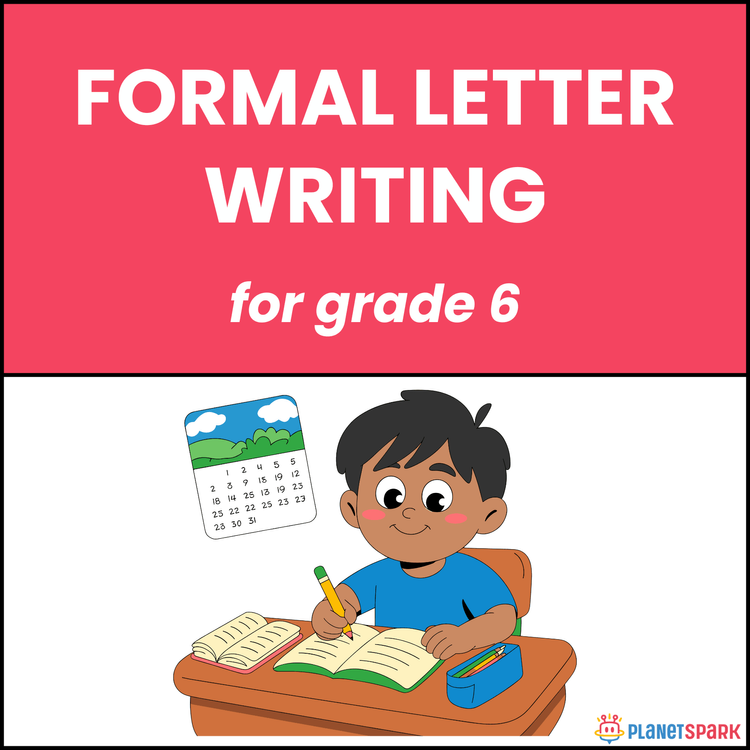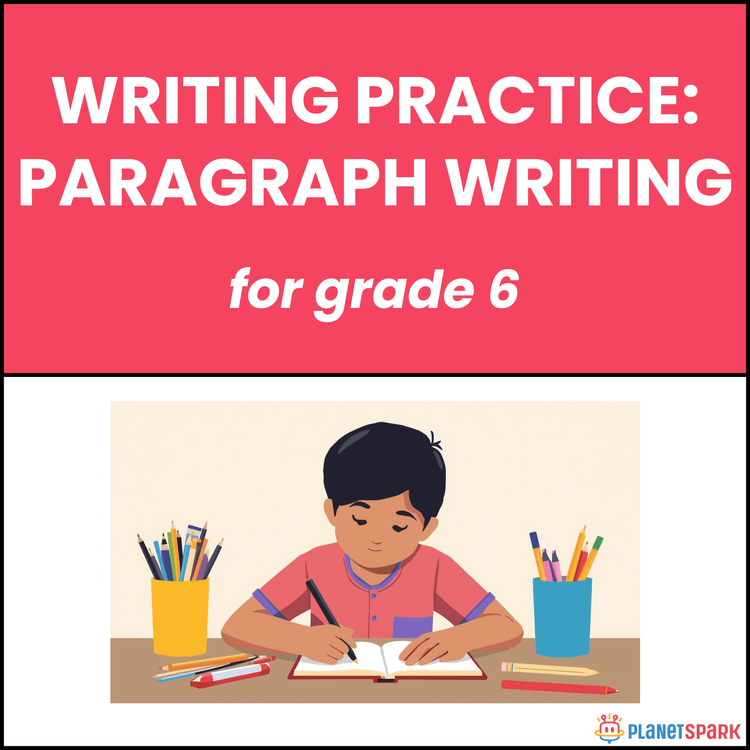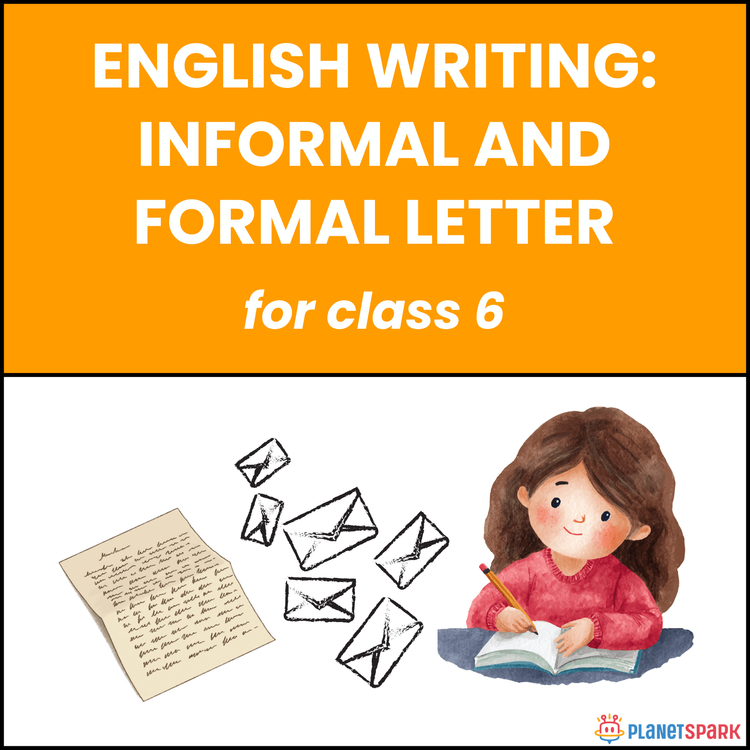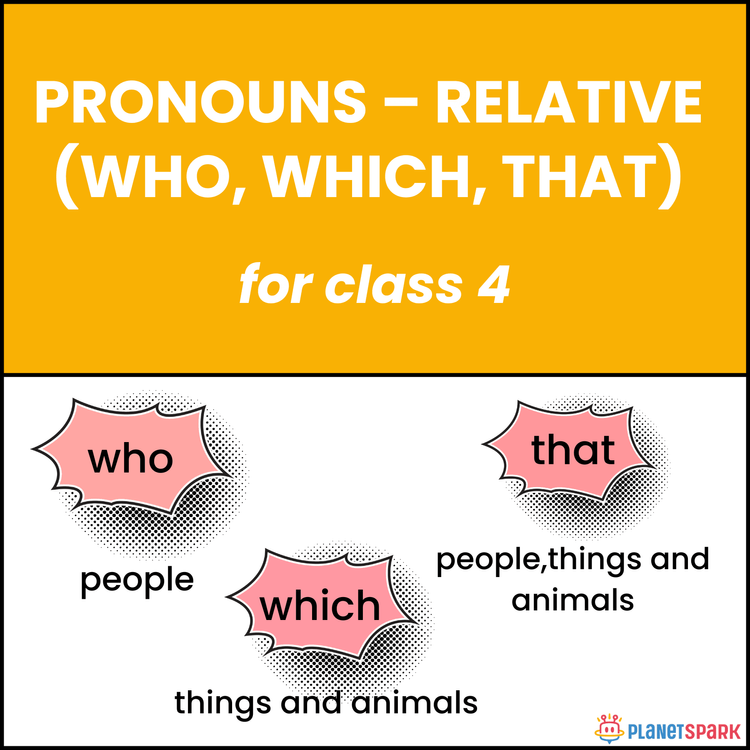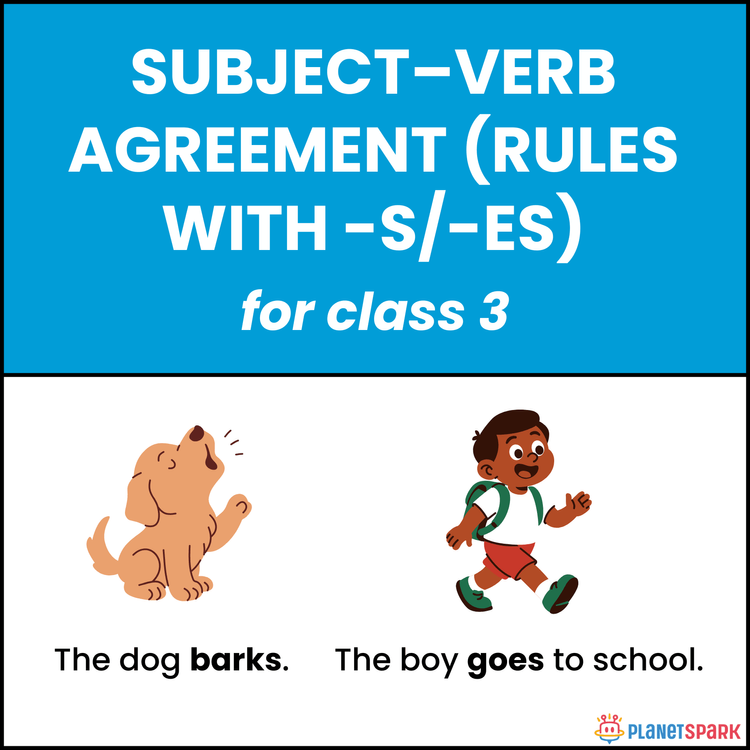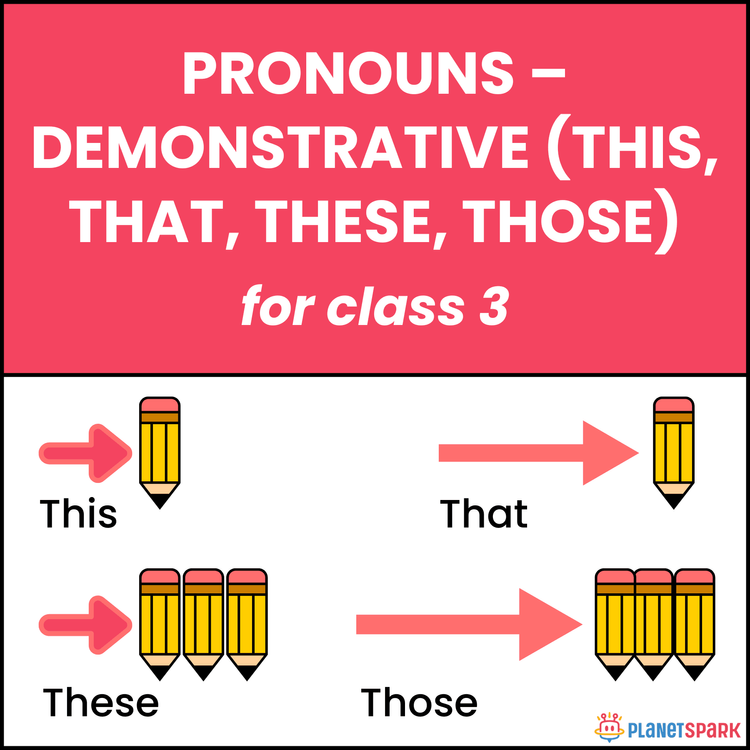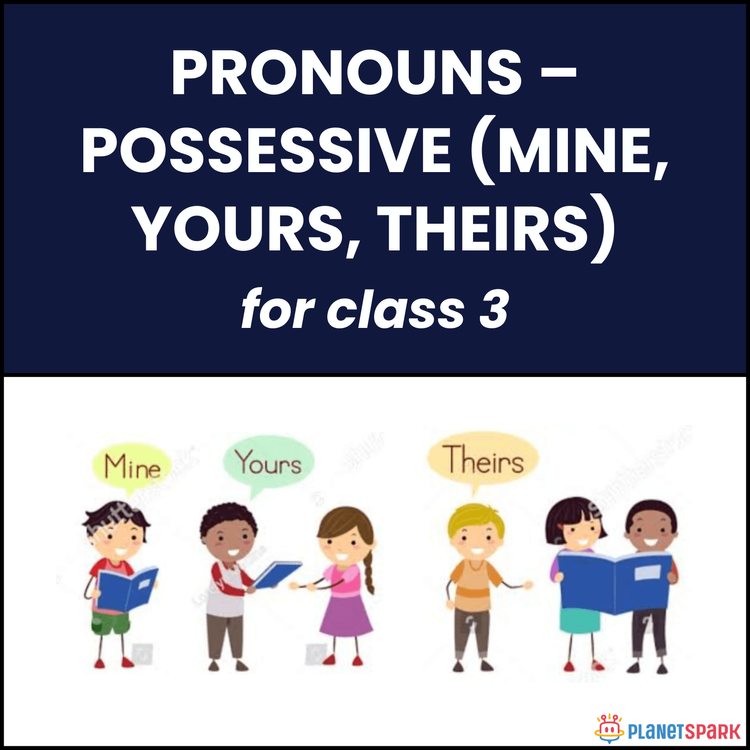Singular Plural Irregular Nouns Grammar Grade 6
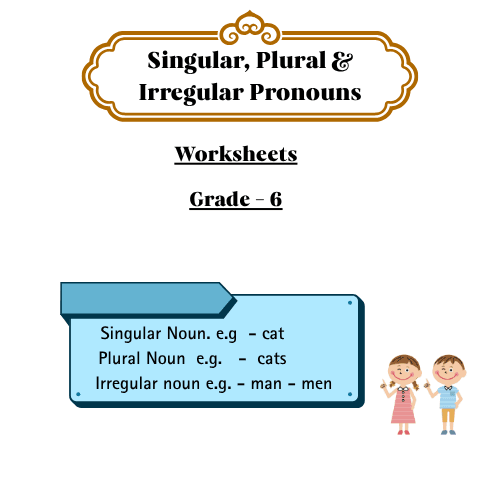

Singular Plural Irregular Nouns Grammar Grade 6
Form Shift: Mastering Singular, Plural & Irregular Nouns for Grade 6
This worksheet equips Class 6 learners to distinguish between regular and irregular noun forms — helping them shift from singular to plural and back with confidence. Through identification, correction, paragraph editing, and form classification, students build accuracy and depth in noun usage.
Why Focus on Singular, Plural & Irregular Nouns?
Understanding how nouns transform in form is key to fluency and correctness. This worksheet helps students:
1. Recognize the spelling patterns in regular plural formation.
2. Identify and correct irregular plural errors.
3. Apply plural rules in full paragraphs, not just word lists.
4. Improve grammatical accuracy in both writing and speaking.
What’s Inside This Worksheet?
✏️ Exercise 1 – Fill in the Blanks (Singular/Plural)
10 short sentences with brackets (e.g., *group of ___ (bird)*) for learners to write the correct noun form.
🛠️ Exercise 2 – Error Correction
Learners read 9 flawed sentences (e.g., *The childs are playing*) and rewrite them using correct plural forms.
🔍 Exercise 3 – Spot Irregular Nouns
In 10 correct sentences, students underline the irregular plural nouns (e.g., *geese*, *feet*, *children*).
🧠 Exercise 4 – Classify the Noun Form
Students identify the bold nouns in 10 sentences and write whether they are singular or plural. If incorrect, they must correct the form.
📘 Exercise 5 – Noun Paragraph Rewrite
A full paragraph with 12 blanks allows learners to insert proper singular or plural forms based on context (e.g., *cat → cats*, *book → books*).
✅ Answer Key
Exercise 1
1. pencils
2. birds
3. dog
4. flowers
5. potatoes
6. sun
7. nails
8. socks
9. goats
10. stamps
Exercise 2
1. children
2. feet
3. mice
4. fish
5. women
6. deer
7. oxen
8. knives
9. leaves
Exercise 3 (Irregular Plurals Underlined)
1. boys
2. mice
3. men
4. geese
5. women
6. fish
7. feet
8. oxen
9. teeth
10. children
Exercise 4
1. children – plural
2. knives – plural
3. goose – singular
4. women – plural
5. mouse – singular
6. leaves – plural
7. tooth – singular
8. boxes – plural
9. books – plural
10. pencil – singular
Exercise 5
1. books
2. shoes
3. cats
4. child
5. activities
6. posters
7. stories
8. sandwiches
9. gifts
10. parents
11. friends
Help students master tricky noun transformations through sentence-level and paragraph-level practice.
🔖Book a free trial!
Frequently Asked Questions
Irregular plural nouns do not follow the usual -s or -es rule; examples include 'children', 'feet', and 'mice'.
Practice and exposure to reading and writing help identify patterns like 'man' to 'men' or 'tooth' to 'teeth'.
Because they don’t follow consistent rules and must be memorized instead of applying logic.
